Euro 2012: A Piece Of History Amongst The Football
The Euros might be in full swing, but Poland has a history to offer that every football fan must see
For many, the image of a footballer is not the same than that of any person they know or know of, with sportsmen often taking a much more emotionless, hero-like picture in fans' minds as they play week in and out and enjoy pleasures in life that the majority of the population won't ever experience.
And so it came as somewhat of a surprise to some, even though it shouldn't have, that the England team reacted with such raw human emotions in seeing Auschwitz during their stay in Krakow, Poland, last week.
Wayne Rooney spoke of how being a father, he couldn't comprehend the idea of losing your family in such a way. Ashley Young insisted that going to the site was particularly important because the team needed to learn about the history of the country they are playing in.

I myself have always wanted to go to Auschwitz, though a big part of me was apprehensive about the idea of seeing up close the evil that I'd studied so intently throughout high school.
We covered the war in Australian schools to a large extent, and after reading and studying Elie Wiesel's short novel Night in my final year, I had a fair idea of the harrowing experience that I was in for.
The stories, the accounts and the memories seem to create something that you would think comes from a horror movie, not real life. And the thought that it happened just 80 years ago makes it all the more horrifying.
Stepping off the bus at Auschwitz, or Oświęcim as the Polish call it, we set off on our English tour with 90 other people. Walking through the gates with the words 'work brings freedom' in German, we were told of the agonizing roll calls that could last up to 12 hours at a time, and how people had to bring as many bodies back with them as left that morning, meaning that dead bodies would be carried back by exhausted workers each day.

One surprising thing that I learnt in the camp was that it wasn't originally designed for Jews, but for political prisoners of numerous races. Looking at a selection of prison files, you see some of the reasons that people were brought to this place of hell; reading illegal leaflets, smuggling food to Jewish ghettos, aiding the Jews; the list goes on of things that nowadays would be considered acts of heroism.
The rooms full of hair, shoes, bags, toothbrushes and children's items were difficult to face, no matter how many books and documentaries one had seen before coming up close with the real thing. And the punishments, from the death wall to the stand-up cells where people were placed four at a time to slowly suffocate, and if they didn't they were sent to work alongside everyone else the next day, were incomprehensively evil.

The question kept coming up in my head; how could people get to such a point where they were this evil? The pictures of all the first inmates where shown all around the museum, with none of them surviving long enough to be liberated. Many children survived less than three months in the prison before their deaths were recorded.
A trip to the second site of Auschwitz, Birkenau, showed more of the harrowing treatment that the Jews went through. While other races were not subject to selections, the Jewish population lined up and walked before an SS doctor who merely pointed with his thumb in the direction that they would live, and the direction that they would die.

The majority of the site was blown up by the Germans to hide the evidence as the Russians approached the camp during the war, and we were told of how people hoped to work in the toilets clearing the sewage, because it meant they wouldn't have to face the sadistic Nazis often, as they didn't want to catch infections or go near the horrible smell.

A message at the end of the train tracks where over a million Jews were brought in to die says in multiple languages that the site will always be a cry of dispair. It's strangely serene, with the greenery and surrounding forests giving off the freshest of air and chirping birds, as we stand around a pond that was used to hide the ashes of the hundreds of thousands of dead bodies.
The barracks at the front were specially for people who knew that they were to be put to death. They were kept in the rooms for days and sometimes weeks, and starved until they were taken by train through the camp to the gas chambers. Our guide describes how they begged for their lives and asked what they could do to be saved, but to no avail.

As difficult as it was to go through these horrors, walking around and taking pictures of the places where people lived out these stories every day for the remainder of their lives is almost a surreal feeling. It's something that given the society we live in today, where human rights are observed more than ever and atrocities exposed for the evil that they are, it's almost impossible to understand or relate to.
Before the Euros began, a lot of talk went into whether Poland should have been awarded the tournament, considering it's problems with racism in football and in society.
But visiting somewhere like Auschwitz is something that many football fans are undertaking, and it's only by learning about these past atrocities and seeing it with our own eyes that will help us not repeat history once more.
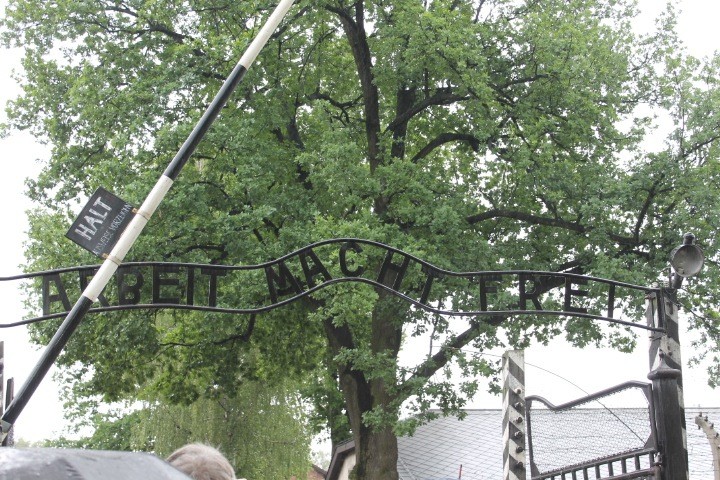
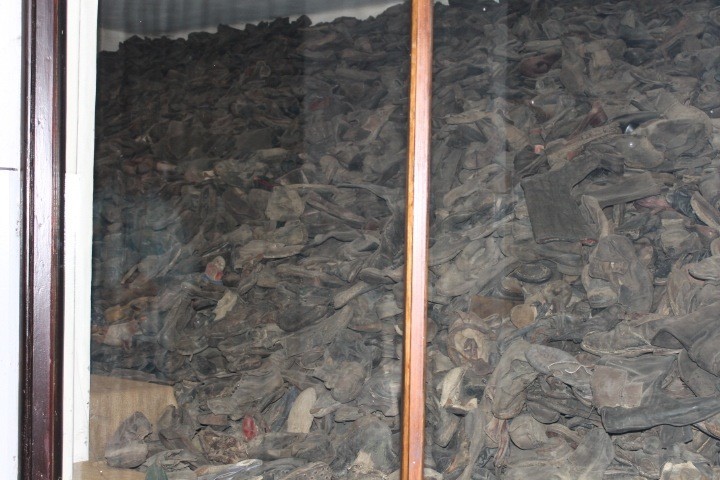
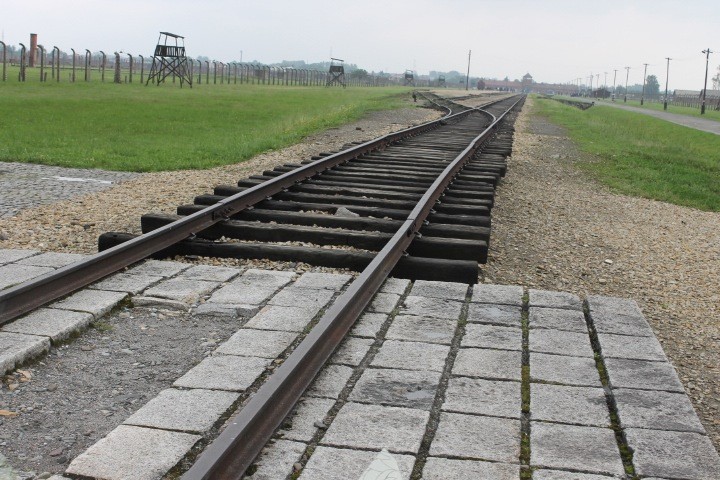
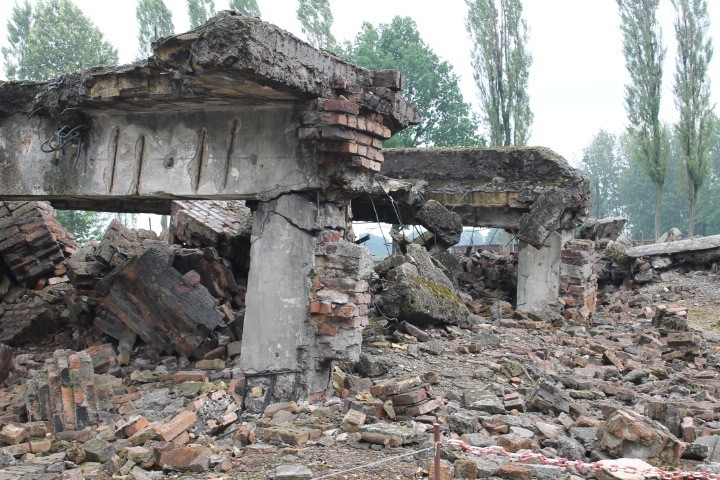
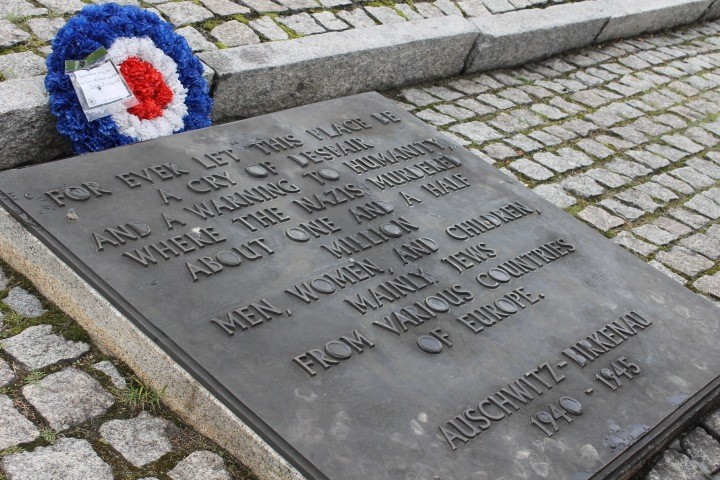
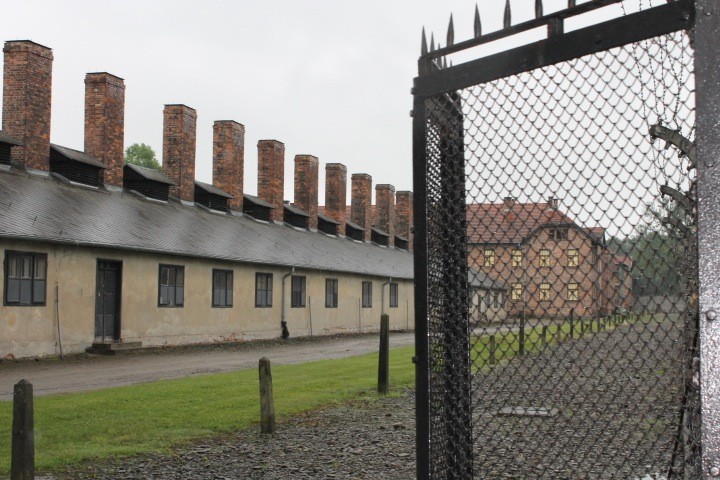
© Copyright IBTimes 2025. All rights reserved.




















